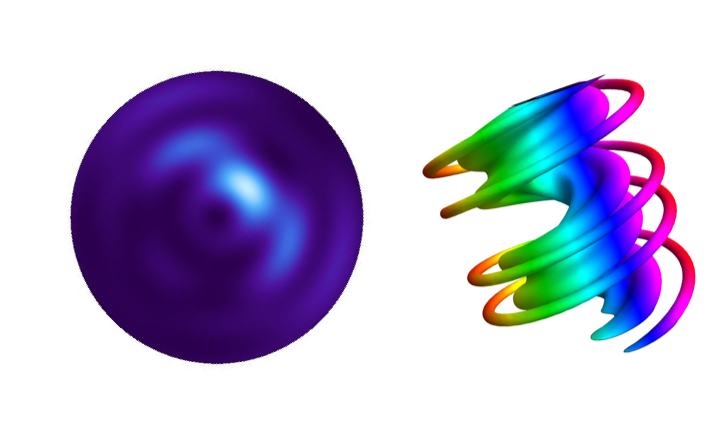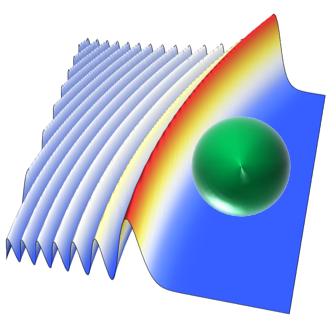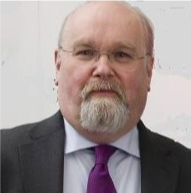18 September 2019
Marco Ornigotti (Tampere University)
Accelarating Optical Beams - Basics and Perspectives
2 October 2019
Paul Soler (GU)
Heavy-quark spectroscopy at LHCb
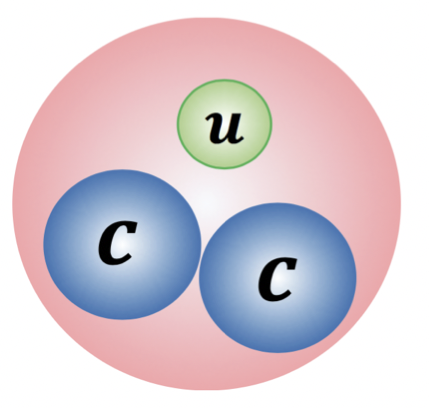
Cartoon of the Ξcc++ , the doubly charm baryon (up-charm-charm)
16 October 2019
Leo Carlin (Beatson Advanced Imaging Resource)
Imaging the immune response to cancerHeavy-quark spectroscopy at LHCb
Beatson Advanced Imaging Ressource
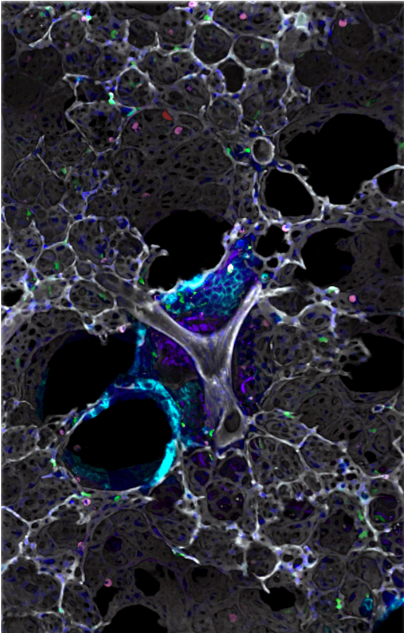
Immune cells in the premetastatic lung (Image credits: Frédéric Fercoq, Leukocyte Dynamics Group)
23 October 2019
Steen Grüner Hanson (DTU Denmark)
Light with finite rotation: an attempt for a theoretical description
13 November 2019
Des Gibson (Glasgow and UWS)
Functional Thin Film Physics –
Commercialisation and Entrepreneurial Perspective
Case studies are presented of functional thin film commercialisation relating to thin film deposition tools, processes and applications. The underlying functional thin film physics is described together with resulting intellectual property, market alignment and necessary steps for successful commercialisation.
11 December 2019
Antonin Portelli (Edinburgh)
Light flavour physics using lattice simulations
15 January 2020
Susan Smith (ASTeC)
Particle Accelerators at Daresbury Laboratory
29 January 2020
Sebastião Pádua (Universidade Federal de Minas Gerais)
Quantum information with photons: fractional topological phases of qudits
An interesting property of qudits is that two-qudit states develop a fractional topological phase when subjected to cyclic and local unitary operations.
In this presentation, I will describe the photon pair source and briefly discuss the generation of the topological phase. I will show how the two-qudit states are prepared by using the photon paths degrees of freedom and how the fractional topological phases are measured. We used two approaches to measure the fractional topological phase of qudits: interferometry with a modified Sagnac interferometer and the use of a hyper-entangled two-photon source (entanglement in more than one degree of freedom). I will also show recent results that demonstrate the robustness of fractional topological phase in qudits to dephasing noise.
30 January 2020
Stuart D. Bale (UC Berkeley)
To the corona and back with a NASA spacecraft: the first perihelia of Parker Solar Probe
its origin in the solar corona and expands past the outer planets to
form the heliosphere. However, for lack of direct measurements, the
physical processes responsible for coronal heating and solar wind
energization are not currently well known. The NASA Parker Solar Probe
(PSP) mission was launched in 2018 into an orbit that will take it deep
into the corona to make the first in situ measurements of these plasma physics
phenomena. PSP is a feat of heroic thermal engineering and in its orbit around
the Sun is the fastest ever human-made object. I will describe the PSP mission and
scientific instrumentation and show some measurements from the first few
perihelia at 35.7 solar radii. These measurements reveal an emerging
solar wind characterized by smooth radial flow, with highly unstable
plasma distributions, punctuated by plasma jets dragging along intense,
highly kinked magnetic fields. Whereas the solar wind at 1 au is very
different - mixed, homogeneous, and relatively stable.


